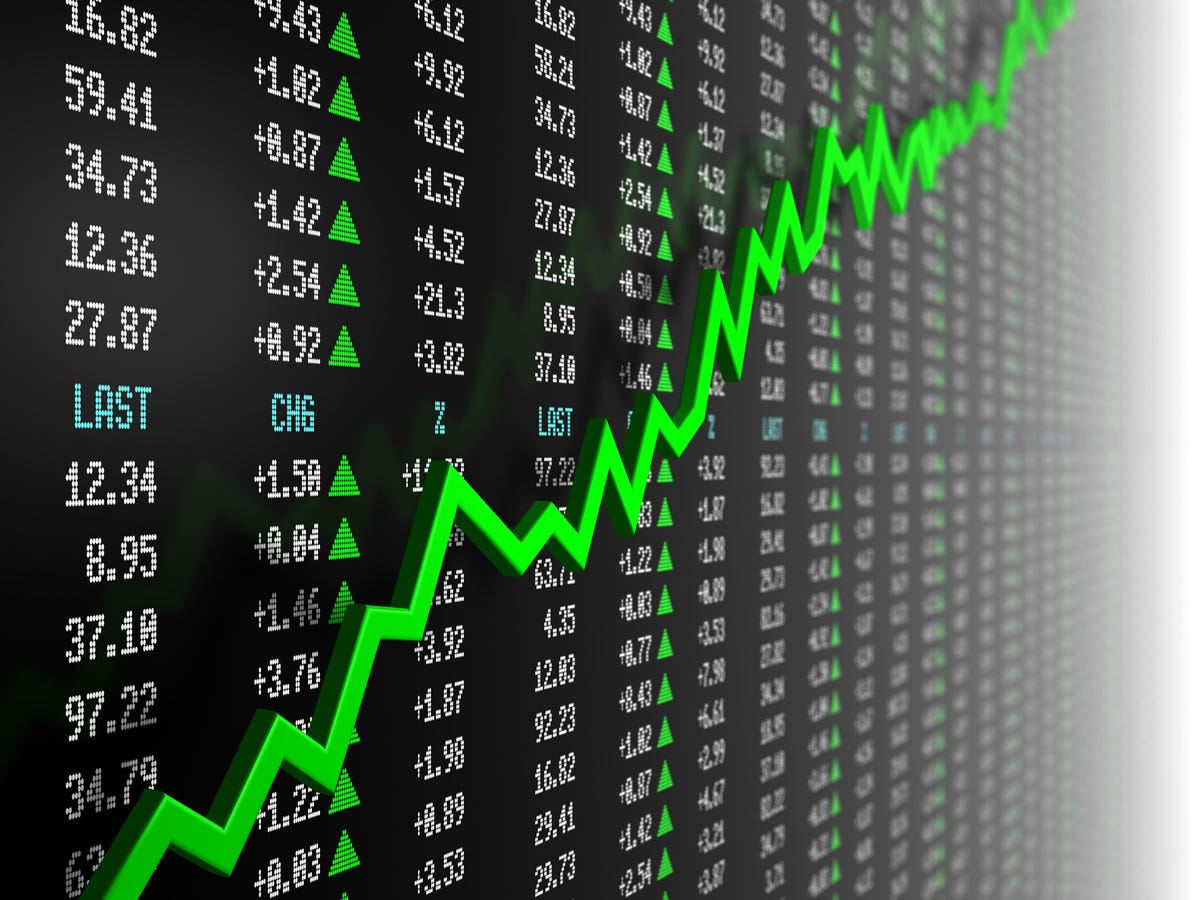SINGAPORE: Global stocks staged a strong rebound on Thursday, while bond markets stabilised following US President Donald Trump’s unexpected decision to pause newly imposed tariffs on dozens of countries for 90 days. The move offered markets temporary relief after a turbulent week marked by sharp selloffs and investor anxiety.

Trump’s reversal came after a wave of financial market volatility triggered by his tariff announcement, which had wiped trillions off global equities and sparked fears of a global economic slowdown. Although the pause brought some calm, investors remain wary of the broader implications of US trade policy, especially as tensions with China continue to escalate.
Market Reaction Mixed
Following the announcement, European stock futures surged, with EUROSTOXX 50 and DAX futures gaining nearly 8%, and the FTSE futures up by 5.4%. In Asia, Japan’s Nikkei jumped over 8%, while China’s CSI300 rose 1%, and Hong Kong’s Hang Seng Index advanced 2.4%.
However, the momentum faded somewhat in the US, where Wall Street futures pulled back. Nasdaq futures dropped more than 1%, and S&P 500 futures fell 0.8%, after both indexes saw their biggest daily percentage gains in over a decade on Wednesday.
“The world, political and financial, is looking on with horror — not bemusement — at an administration that flip-flops on major policies like tariffs,” said Martin Whetton, Head of Financial Markets Strategy at Westpac. He criticised the inconsistency of the administration, noting the contrast between tariff reversals and unrelated executive actions.
The US dollar also slipped, falling 0.8% against the yen and 0.6% versus the Swiss franc, both seen as safe haven currencies.
Khoon Goh, Head of Asia Research at ANZ, described the rally as a “massive short-covering move” that offered the world some breathing room. “Markets were starting to price in the worst-case scenario. Now that the dust has settled, investors will reassess the direction,” he said.
Not a Complete Reversal
Despite the pause, Trump maintained a 10% blanket duty on almost all US imports. Additionally, existing duties on autos, steel, and aluminium remain in effect. The White House also confirmed a steep increase in tariffs on Chinese goods — from 104% to 125%.
China responded swiftly, raising its own duties on US products to 84% and imposing new restrictions on 18 American companies, mainly in defence-related sectors.
China Supply Chains in Focus
Despite rising Sino-US tensions, investors are cautiously optimistic that the global trading system will hold — at least for now.
“At least the relief is that global trade won’t grind to a complete halt,” said Wong Kok Hoong, Head of Equity Sales Trading at Maybank. He noted that companies still had room to adjust supply chain routes under the current 10% tariff structure.
The “China + 1” strategy, where firms diversify production beyond China, remains intact, Wong added.
However, the Chinese yuan fell to 7.3518 per US dollar — its lowest since December 2007 — as the People’s Bank of China set the midpoint at its weakest since September 2023.
Bond Market Calms After Brutal Selloff
The US bond market also showed signs of recovery. The benchmark 10-year Treasury yield eased to 4.29%, down from Wednesday’s high of 4.515%, a spike that had fuelled fears of instability in the world’s largest bond market.
“Sticky inflation, a patient Fed, foreign buyer hesitation, and poor market liquidity are all pushing yields higher,” said Lawrence Gillum, Chief Fixed Income Strategist at LPL Financial.
Minutes from the Federal Reserve’s mid-March meeting revealed that policymakers are unlikely to cut interest rates soon, citing expectations that tariffs could stoke inflation even as they pose risks to growth. As a result, markets have revised down expectations for rate cuts this year — now pricing in just 80 basis points compared to over 100 earlier in the week.
Commodities and Safe Havens React
Oil prices dipped as investors continued to digest the implications of worsening US-China trade tensions. Meanwhile, spot gold rose 1.5% to US$3,128.92 per ounce, reflecting the continued demand for safe haven assets.






